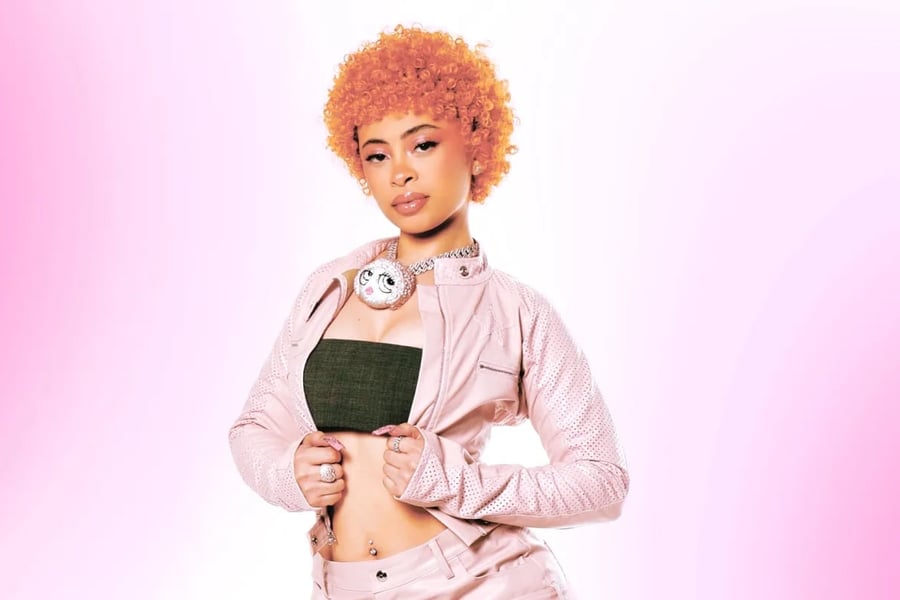50 Innovators Shaping Rap’s Next 50 Years
From Ice Spice to Kenny Beats, Druski to DD Osama, these are the rappers, producers, fashion designers, and creators helping point the way to hip-hop’s future

COUGHS*
HIP-HOP WAS BORN IN THE BRONX IN THE summer of 1973. To celebrate the music’s 50th anniversary, “Rolling Stone” will be publishing a series of features, historical pieces, op-eds, and lists throughout this year.
In 50 years, hip-hop has transformed, evolved and taken on any number of different shapes and contexts while remaining an undeniably distinct art form. You don’t quite know why something is hip-hop, but it strikes you as immediately as any physical quality. The rap world has invented new forms of expression as its adapted to the internet and other technological changes, all while remaining true to its essence, the indomitable spirit at the heart of this culture. More than just artists, today’s rap world is a constellation of figures all interlinked by the lineage they share with hip-hop’s forebears. Whether they’re rappers, producers, fashion designers, or online creators, hip-hop is as stuffed with talent as ever.
While the genre remakes itself too rapidly to predict far into the future, we decided to highlight 50 figures who are changing the game — and who will help shape rap’s next 50 years. While there are hip-hop movements bubbling up all over the globe, our list centers on figures in the English-speaking world and, to keep things fresh, avoids names who were featured on Rolling Stone’s recent Future 25 list. This unranked survey is focused on the younger generation coming up (as opposed to veteran superstars) and is in no way exhaustive, as the number of people shaping the multifaceted world of hip-hop extends far beyond 50. But it’s a glimpse of good things to come. —Jeff Ihaza
From Rolling Stone US























































































